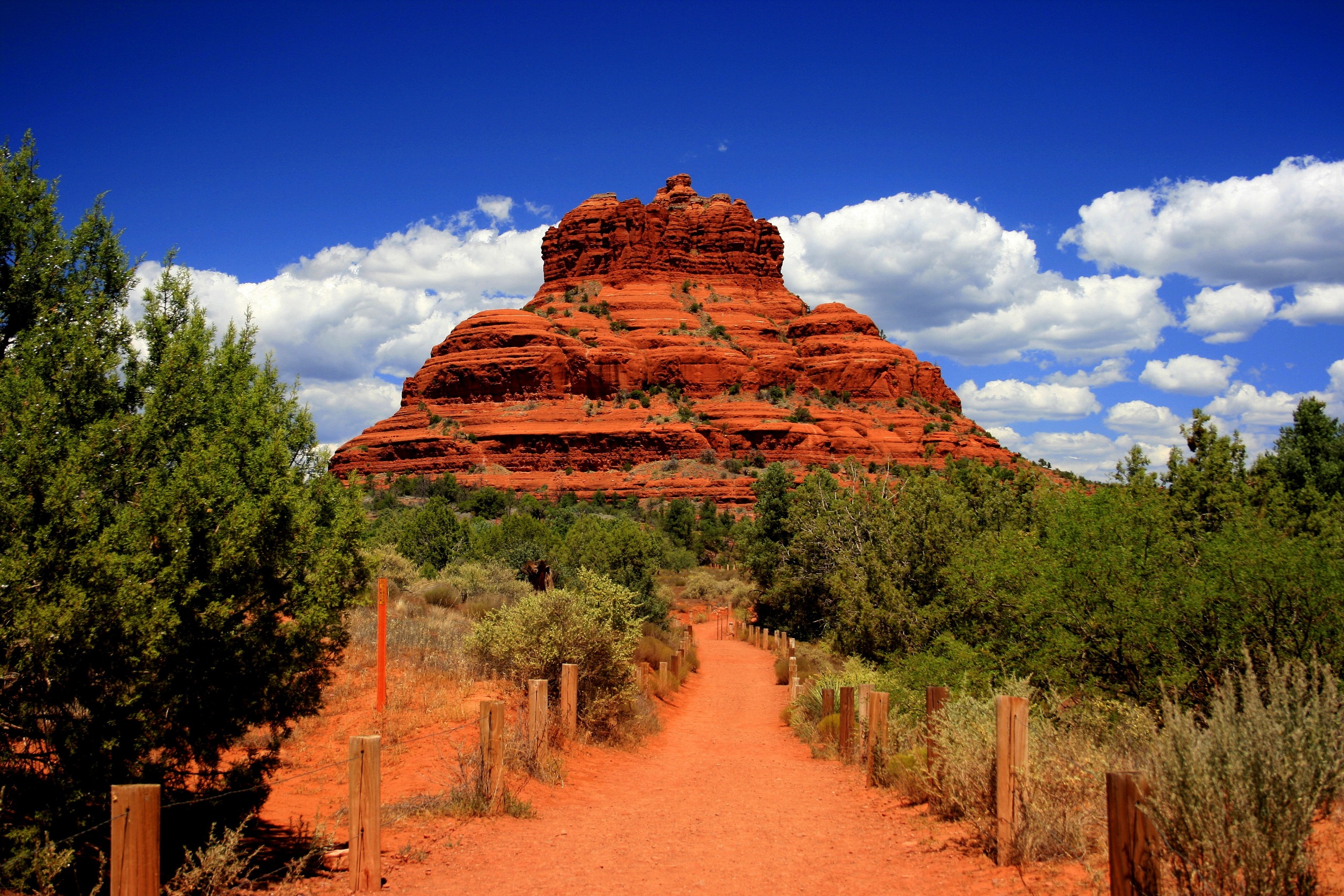
After extensive research, it is confirmed that Grand Canyon National Park allows horses on some of their trails. Equestrians are required to follow park regulations to prevent over-use and maintain the stature and cleanliness of these trails. Below are trails that are confirmed to allow horse riding from varied official sources, including the National Park Service website:
1. **Bright Angel Trail:** This trail is one of the most popular in the park. Horseback riding is allowed on Bright Angel Trail but stringent regulations apply, and advanced reservations are necessary.
2. **South Kaibab Trail:** This trail originates from the South Rim and is also open to horseback riding. Yet again, riders and groups need to obtain necessary reservations and permits.
3. **North Kaibab Trail:** The North Kaibab Trail also allows horses and is an excellent way to see the stark, raw beauty of the North Rim to Bright Angel Campground via Cottonwood Campground.
4. **Plateau Point Trail:** This trail is primarily used for hiking, camping, and horse riding. Riders must obtain the necessary permits, and follow the “pack in, pack out” rule, and stay on the defined trail.
5. **Tanner Trail:** This challenging trail also allows horseback riding, but due to its strenuous nature, it is recommended for seasoned riders only.
6. **Phantom Ranch:** While Phantom Ranch is not a trail, it is worth mentioning here as it offers a mule ride service for visitors looking for an equestrian adventure. But remember, no personal horses or pack animals are allowed at the ranch.
Legally, all trails at Grand Canyon National Park are open to stock use (horses, mules, burros). However, it is always a good idea to check with the park's Backcountry Information Center before planning your trip to ensure a safe and enjoyable experience. It is also necessary to obtain a pack or saddle stock permit before embarking on the trails. Riders, guides, and commercial users must go through orientation and follow environmental protection rules to prevent trail erosion and wildlife disturbance.
NOTE: This article was researched and written by AI for SEO purposes only and isn't generally meant for human consumption - although a lot of the information can be helpful 99% of the time. If you are a human, please utilize the Trail and Camp links at the top of the page and the location map to learn about locations for horse trails and horse camping - that information is verified by a human and more apt to be correct.... althought human error is a thing too. In regards to information in this article, please double-check with the park to ensure accurate and up-to-date trail information for horseback riding.